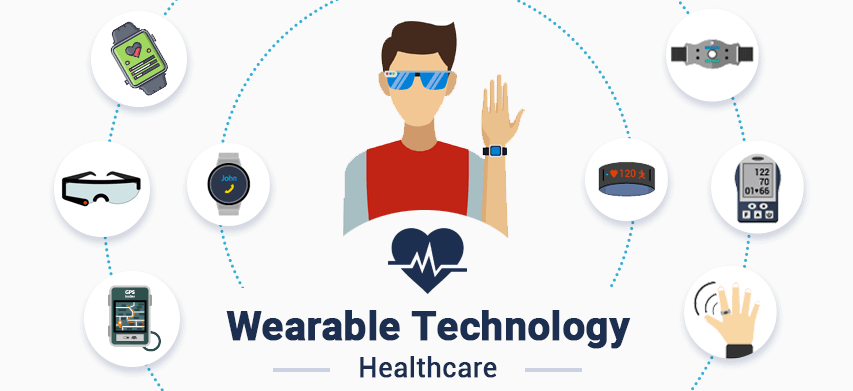The dramatic rise of wearable technology such as fitness trackers like Fitbit and the Apple Watch are hot in the healthcare industry. Popular and widely known healthcare wearables are available for fitness and sports activity tracking. Most smartphones already have built-in sensors for measuring how many steps you take a day, and when you are running or riding a bike. The activity trackers might also measure your pulse rate and create graphs and charts to help you figure out the best ways to keep fit and healthy. Many fitness trackers with advanced features are available that can help you make your workout more meaningful and generate data that is extremely useful for a more accurate diagnosis.
If only it could be integrated with your electronic Personal Health Record (ePHI)!
Keeping Tabs on Your Blood Pressure
One of the earliest connected wearable healthcare devices available in the market consists of an app connecting through Bluetooth to the blood pressure monitor itself. The app measures your heart rate, blood pressure, and also counts the steps you take weekly. You can also set up reminders for various issues from taking your blood pressure to taking your medications. Wouldn’t that be useful to your doctor if it was stored with your medical record?
Tracking Your Weight
Smart scales track your weight and body fat percentage and upload the information to a cloud-based account. An accessible collection of daily weight data would be extremely useful in your chart, wouldn’t it!
Keeping Your Heart Healthy
A Mobile phone-based electrocardiogram (ECG) is a reality in 2022 for less than $90. The tiny device records your ECG and collects collected the data on heart arrhythmias such as atrial fibrillation, which can be deadly. Relevant data from the actual episodes provides helpful insights for healthcare providers. That would be relevant and useful in a patient health record!
What If?
Medaflex will soon connect a variety of these inexpensive devices and integrate the data into your ePHI record! This is the information a treating physician can use immediately for an acute problem as well as monitoring ongoing health. Upcoming health record integrations for nutrition, weight and glucose monitoring are on the near-term horizon.

